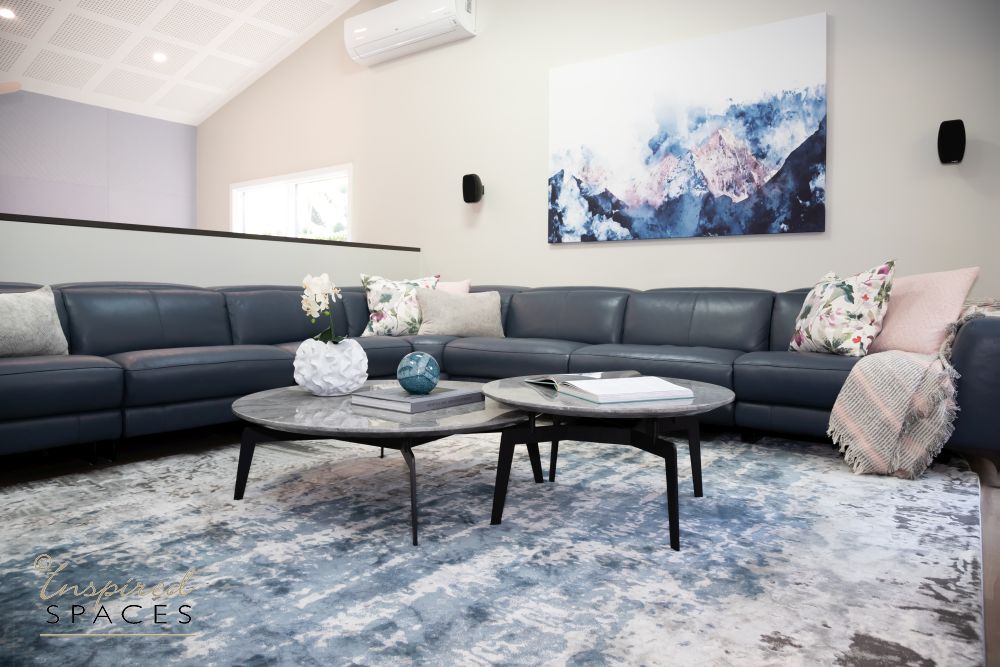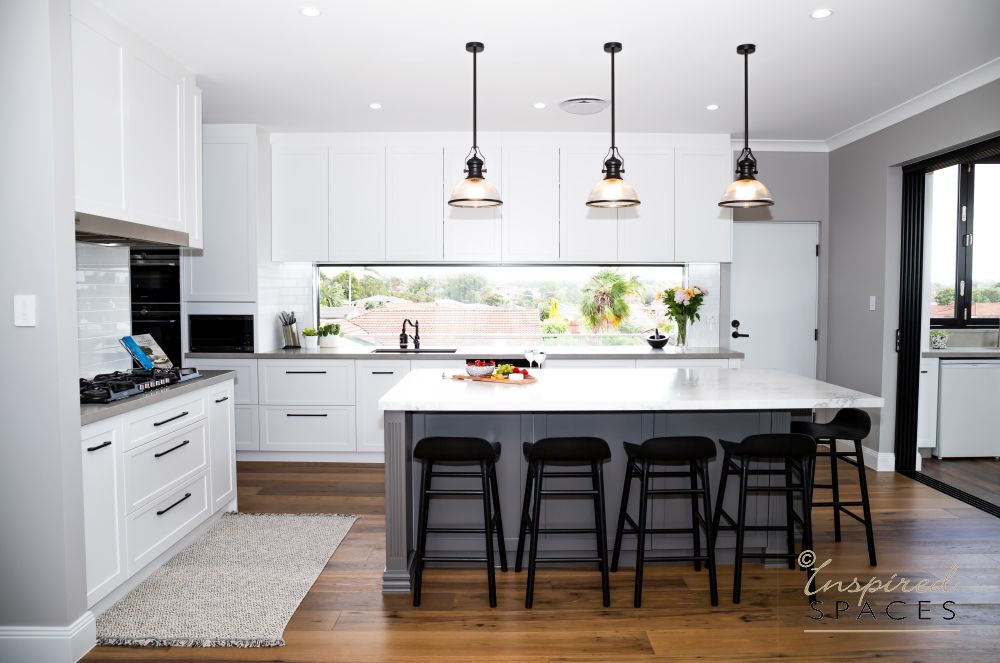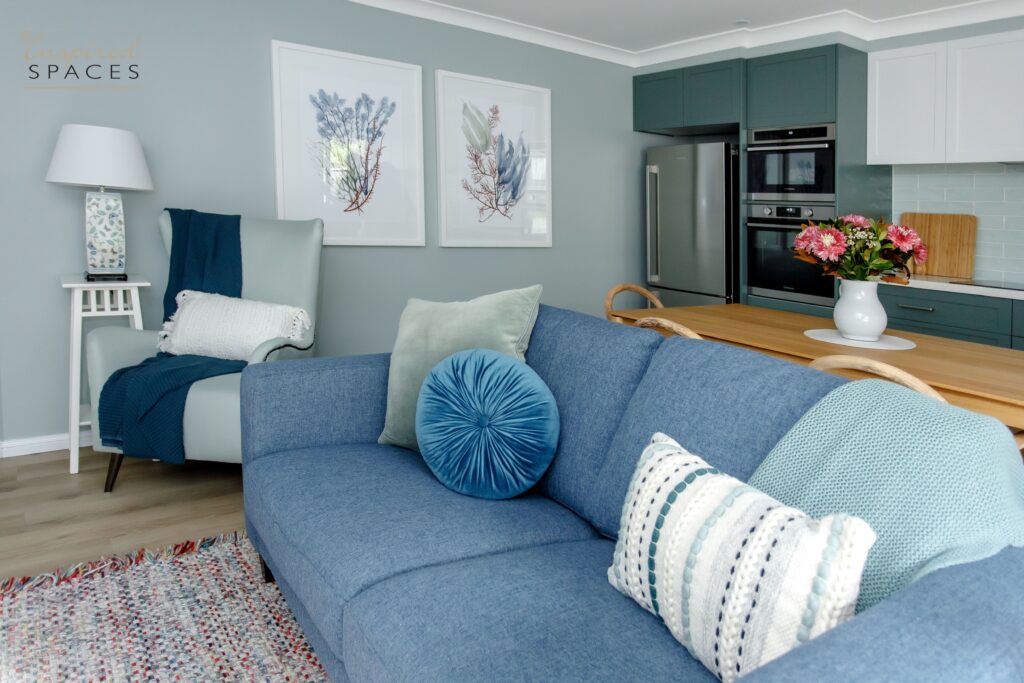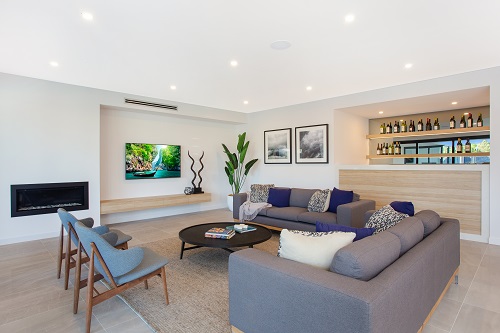We’ve put together a list of some common interior design mistakes and how you can avoid them.
There are many challenges involved when redesigning your home. Apart from differing opinions and possibly having to consider child friendly and/or pet friendly options there is also your budget to consider. All of these combined can make for a stressful time and it can be frustrating not knowing whether you are doing it all right.

No Plan?
You will be surprised at the quantity of people who don’t have any kind of plan before they start their creative journey. It’s important to ensure you have one so do some research online, create a colour palette that you love and look at patterns and styles that get your heart racing. You may already have an item of furniture you would like to use so be sure to incorporate this in with your choices.
Next you need to put all of these together on a mood board to see how they work. Play around with colours and fabrics until you are happy with the overall look. Before you begin purchasing furnishing it is important to check that your mood board is cohesive, balanced and visually exciting.
Of course, as you make your purchases things will naturally change once you get them in your space, but by having a rough guide to base your design on will reduce your confusion and minimise mistakes.
Paint!
Choosing your paint colour and painting your space before you have selected furniture, fabric and textiles is probably the most common interior design mistakes that people make when starting their projects.
It is much easier to choose a complementing wall colour for your furnishings than to choose everything to suit your chosen paint colour. So, before you begin thinking about what colour to paint the walls we suggest selecting fabrics and textiles such as your curtains and rugs. Once these decisions are made then you can look for a paint that will complement the look of your room.
Not knowing dimensions
Before purchasing furnishings for your home it is important to ensure that you are aware of the dimensions and measurements of each room. Getting the scale and proportion of furnishings and accessories right are important when creating a well balanced space. You can ensure this by adding elements of varying sizes, shapes and heights.
Having too many small things will make your space look cluttered and untidy, but by having to many large items will make your room feel smaller than it actually is.

Having Poor Lighting
Lighting is an essential element when it comes to designing a functional and ambient room.
You should be able to adjust your lighting to suit the time of day and to achieve the feel you are wanting.
By having more than one source of light you can achieve this.
Installing dimmers can give you the ability to adjust the level of light in the room. You should take into consideration the colour and quality of the light and where it should be placed.
Soft lamps are great for night light to help facilitate sleep. But during the day have brighter, natural lighting to keep you energised.
Placing furniture against the walls
It is such an easy and natural mistake to make, but so many people push their furniture up against a wall. Granted, there are times when this cannot be avoided, but if you can then you should.
Instead of your living room furniture pressed against the walls, try bringing it in together more to create a more social and intimate setting. This will also enable guests and family to move around the room more easily.
Facing chairs and sofas to each other will make a good conversation area, and by adding the perfect size floor rug will unite everything and zone the space nicely.
Artwork Hung Incorrectly
Many homeowners make a huge design mistake in the placement of their artwork by hanging things willy-nilly. It’s not uncommon for art to be hung too high or too low as well as in random places across a wall.
A good rule of thumb to stick by for height is to hang your piece in the centre of your eyeline, not above and not below.
For placement of your artwork, it should sit together or balance nicely with your furniture. An easy rule to help with positioning your art above furnishings is to keep the art only eight to ten inches higher than the furniture item. This trick gives the illusion of the art and the furniture item being one unified object and helps the space feel neat and balanced.

Incorrect Size Rugs
Yes! This happens a lot!
Rugs usually serve three purposes in a space: to provide comfort under foot, to absorb sound and to tie an area together/create a zone.
One of the most common design mistakes is using a rug that is too small! Having a living space with your furnishings placed well but with a tiny rug floating in the middle will only make your room feel smaller than it is. Getting your rug size right can actually make a smaller room look bigger.
A rug should always be big enough to hold all of the furniture in order to tie it together well, should be wider than the width of your furniture but should also be appropriate to the size of your room. The front legs of your furniture (atleast) should be on and not off the rug. A golden rule to go by for living room rugs is to cover atleast 70% of you floor space. Leave a 12 to 18 inches border between the rug and the walls and never have the rug up against the walls.
Always try to centre the rug (and seating area) to a focal point of your room. For example, a fireplace, window or TV.
Take measurements and make sure you that your chosen rug is the right proportion before purchasing it.

So there you have it, our tips on some common interior design mistakes. Hopefully these tips will give you a helping hand but if in doubt, you can call on us as professionals to make your life easier and your home looking wonderful and cohesive.





Leave A Comment Or Ask A Question